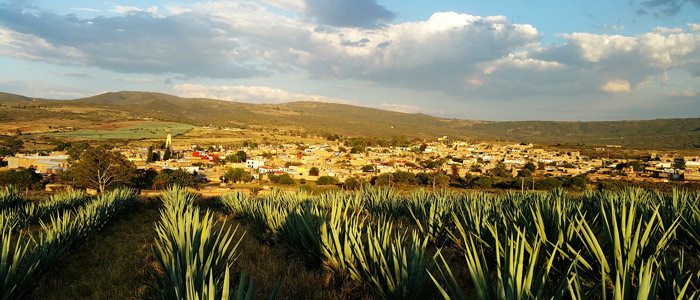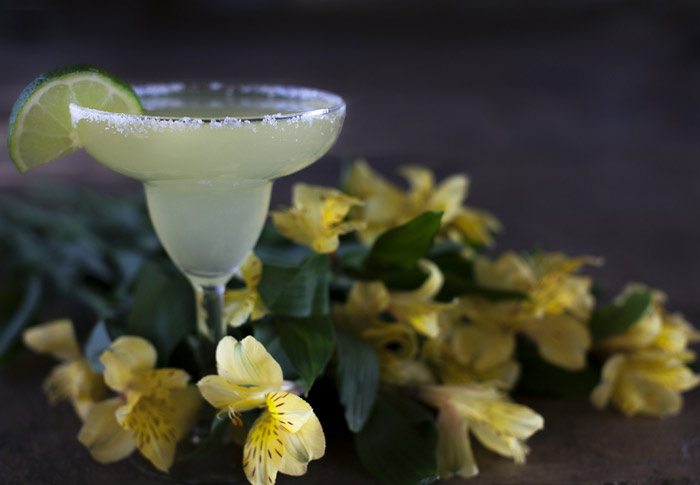In my nine years living and working in Mexico, I have been to more than a few tequila tastings — some a tad more elegant than others. If there was one message I got from all of them, it would have to be that good tequila is for sipping, just like a fine brandy from Spain or a great port from Portugal. In other words, if you need lemon and salt to help it go down the hatchet in a shot that leaves your face like a champion gurner, you probably should spend a few more pesos on your tequila or prepare yourself for a prize-winning hangover.

The Truth about Tequila
The truth about tequila is that its production is an art with more history than it’s often credited for and the resulting beverage can be consumed in a number of ways whether straight, blended with fruits, honey and other ingredients, or sipped as a cocktail (and not just margaritas).
Tequila is not just for the die-hard spirit drinkers either, it can be paired elegantly with a gourmet dinner meal or consumed to aid digestion, either before a meal to get your metabolism and appetite up and running or following a meal to help break down food. The truth is that it is not unusual to see even the most refined Mexicans sipping on neat tequila to accompany a meal.
A Mexican Icon
Tequila is certainly one of Mexico’s most recognisable exports; however, the variety of agave cactus used to make tequila today, Agave tequilana Weber var. azul (Blue agave tequilana Weber) is ironically named after a German botanist, Franz Weber. The European botanist who was classifying Mexican flora around the turn of the twentieth century is credited with promoting that the blue agave plant was the best for making tequila.

Since then, seeing the words “100% Agave Azul” on a bottle of tequila has become a seal of approval. If you can’t find these words, it’s likely the tequila is either mixed with sugars or honey to make it more palatable or other varieties of agave have been used in the process – both of which make the likelihood of a hangover more likely.
Similarly, if a bottle of tequila has not been made from agave plants that were cultivated in certain Mexican states (which, at the time of writing include Jalisco, Nayarit, Michoacán, Guanajuato, and Tamaulipas), it cannot be called tequila for the purposes of sale and distribution. So, tequila has a lot in common with champagne when you come to think about it!
Cocktails to try on your next trip to Mexico
Margaritas
You can’t visit Mexico without trying a margarita that blends tequila, triple sec, and lime juice. Frozen or on the rocks, you can also order this iconic Mexican with other fruits. Why not ask for a mango tequila on your next visit?

Tequila Sunrise
Another iconic cocktail that needs little introduction. The popularity of tequila sunrise cocktails is due for a resurgence as the 80s seems to be making a come back. A simple mix of tequila, orange juice and carefully added grenadine makes for a drink that will compete (almost) with a Mexican sunset.
Paloma
The paloma is a less well-known cocktail amongst non-Mexicans, but it is one of the most popular ways for locals to enjoy their tequila. Meaning “dove” in Spanish, making reference to the cocktail’s light colour, this drink is prepared with tequila and a grapefruit-flavored soda such as Fresca or Squirt. Simple, yet refreshing.
Juan Collins
We kid you not! Mexico’s version of the original Tom Collins exchanges whiskey for tequila and is made with lime juice, syrup and soda water over ice. Don’t believe us? Order it on your next visit. It’s even mentioned on Wikipedia – so it must be real, right?
Find out more about tequila and how it is produced by visiting the Mexican town of Tequila or look out for our blog post next month dedicated to the history of tequila and its production. Named after Mexico’s prized distilled spirit, the fabulous colonial town of Tequila makes a great day trip when you book a TripWix getaway to Puerto Vallarta, Riviera Nayarit or Punta Mita.
For more information, click here.







